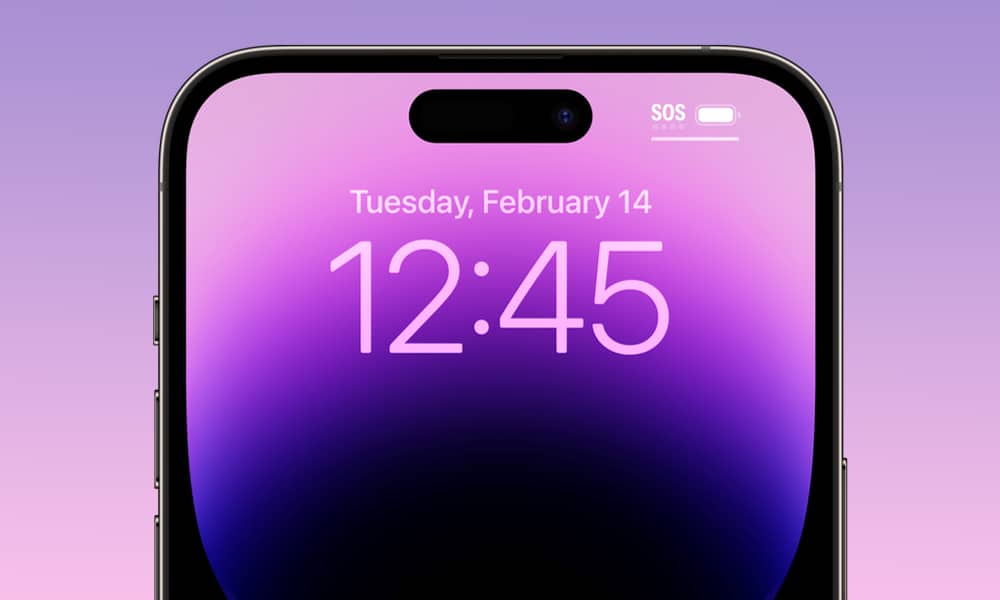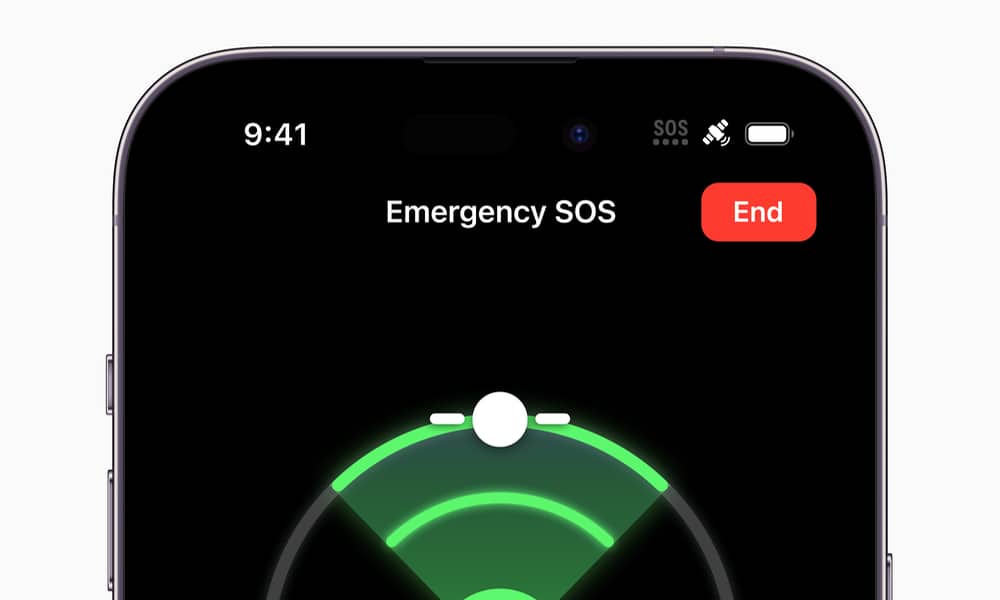T-Mobile Outage Reveals ‘SOS’ Mode on the iPhone | What It Means
 Credit: Jesse Hollington / iDrop News
Credit: Jesse Hollington / iDrop News
Toggle Dark Mode
A major nationwide T-Mobile outage left thousands of iPhone users cut off from the carrier’s network last night, with many seeing the usual signal status bars replaced by a somewhat cryptic “SOS” indicator.
During the outage, which affected more than 80,000 customers at its peak, customers were unable to make regular phone calls or connect to any cellular data services. Wi-Fi connections still worked fine, of course, as long as you were fortunate enough to be near a friendly Wi-Fi network.
According to Downdetector the outage reached critical levels at around 10:30 p.m., with T-Mobile users from California to New York reporting that the service was either mostly or entirely down for much of Monday evening.
In a bizarre twist, the outage occurred on the same day that T-Mobile’s President of Technology, Neville Ray, announced his impending retirement. In the next tweet, only seven hours later, Ray was apologizing for the disruption, explaining that it was the result of a third-party fiber interruption.
By early morning, Ray confirmed that the network was once again operating at “near normal levels.” While Downdetector is still showing around 2,000–3,000 reports of outages, that could be a result of customers being more on edge following last night’s near-complete lack of connectivity.
Emergency Calling in iOS 16
What came as a bit of a mystery to many iPhone users was the sudden appearance of an “SOS” indicator in their status bar. Some assumed this represented Apple’s new Emergency SOS via Satellite feature, but this left others perplexed as to why it appeared on older, non-satellite capable models like the iPhone 13. Some even wondered if their iPhone was suddenly broadcasting an SOS message without their knowledge.
It’s not surprising that this would leave some folks confused, as this is a new indicator that Apple added in iOS 16, and it’s not something most folks would often see on an iPhone when everything is working the way it should.
The new “SOS indicator in the status bar was likely inspired by Apple’s work on Emergency SOS via Satellite for the iPhone 14 lineup, but it’s actually just a way of spotlighting something that the iPhone — and nearly every other cell phone on the planet — has been able to do for years: making emergency calls even when you don’t have a working carrier plan.
As we shared a few years ago, in the U.S. and many other countries, carriers are legally required to allow any compatible cellular device to make an emergency 911 call, regardless of whether it’s connected to cellular service. In fact, this should work even if your iPhone doesn’t have a SIM card inserted.
Of course, unless you have an iPhone 14 with satellite connectivity, making a 911 call still requires a cellular connection of some kind, and this is where the iOS 16 “SOS” indicator comes in.
When your iPhone shows “SOS” in the status bar, it means that your iPhone has a cellular signal available for making emergency calls, but you’re not connected to your own carrier’s network.
This differs from the “No Service” indicator that all iPhones used to show before iOS 16. However, even years ago, “No Service” didn’t mean you couldn’t call 911 — but you had no way of knowing unless you actually tried it. With iOS 16, you can tell the difference: “No Service” means your iPhone can’t find a cellular signal, while “SOS” means your iPhone can get a signal, just not the signal you’re paying for.
The T-Mobile outage made this obvious since customers were suddenly without their primary network. Yet, they were likely surrounded by ample coverage from AT&T and Verizon, both of which would have passed on 911 calls should it have been necessary for someone to place one.
Since most cellular carriers have overlapping coverage, it’s pretty rare for subscribers to any of the big three carriers to find themselves in an area where the “SOS” indicator would appear. However, it’s something I encounter in Toronto nearly every time I use the subway system since only a single carrier provides underground cellular service — and it’s not the one I subscribe to.
Even if you’re using an iPhone 14 with satellite connectivity, emergency calls will still be routed through any available carrier network within range. The Emergency SOS via Satellite feature only kicks in when there’s no cellular signal available. In this case, the “SOS” indicator also looks slightly different, with an icon of a satellite shown beside the letters “SOS.”
Emergency SOS via Satellite is also considerably slower and less efficient than a standard cellular 911 call since you need to be in the line of sight of a satellite, and there’s not nearly enough bandwidth available to make a voice call — you can only exchange text messages, and even those can take a minute or two to send. After all, they’re travelling several hundred miles into space and then back to a ground station somewhere else on the planet.







